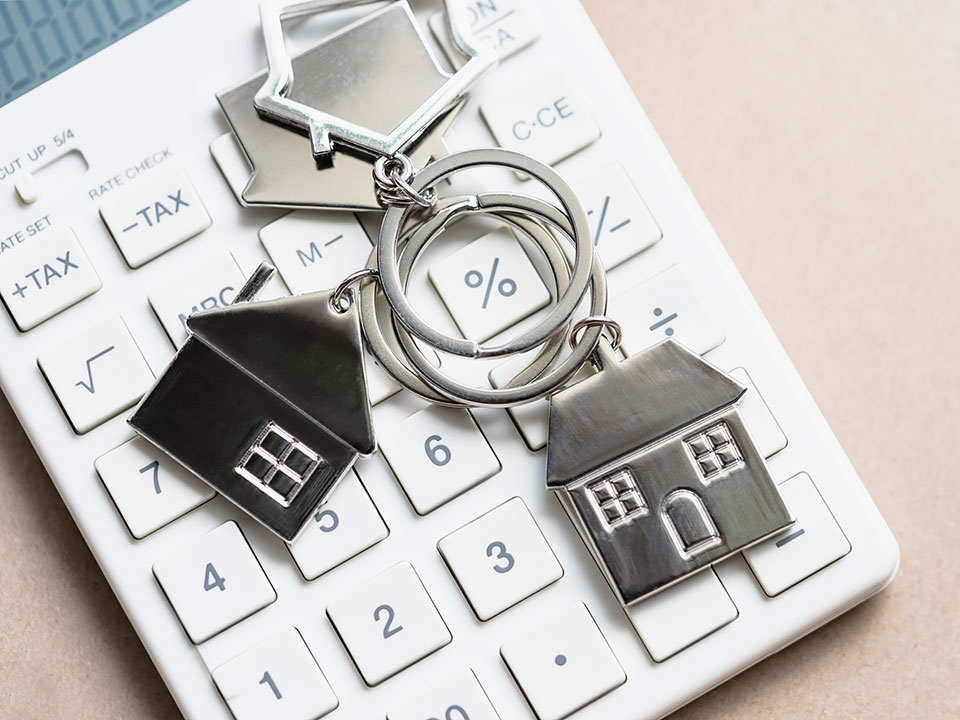

I had a question from a client recently about capital gains taxes on real estate so I thought it was something worth blogging about!
If you sell your home, you may exclude up to $250,000 of your capital gains on the sale from your taxes if you are single, or up to $500,000 if you are married. Which essentially means unless you make more than $250,000 profit on the sale of your home (if you’re single) you won’t owe any taxes on the profit! But to claim the exclusion, you must have owned and lived in the home as your principal residence for at least two out of the past five years. You can claim this exclusion once every two years. And there are exceptions to the rule, so even if you don’t meet this test, you still may be eligible for a partial tax break in certain circumstances. For example, if you lived in the home 1 year instead of 2 years, they will give you half of the exemption.
Let me give you a few examples of how the capital gains tax works.
If you were single and bought a home for $500,000, lived there for 2 years and then sold it for $750,000, you would not owe any taxes on the gains as you’re within your $250,000 limit.
If you were single and bought a home for $500,000, lived there for 2 years and then sold it for $800,000, you would theoretically owe taxes on $50,000 of the capital gains. However, it’s not that cut and dry. Your gain is actually your home’s selling price minus the purchase price, but then you can deduct from that figure any closing costs (like prorated property taxes, prepaid interest on your mortgage, etc) and selling costs (like commissions, legal fees, advertising costs, etc). So in this instance if you spent $40,000 on realtor commissions, taxes, and advertising, then that would bring your capital gains amount down, and you would only be liable to pay taxes on $10,000 of your gains.
In the instance of someone who builds a home, the same rules apply. You add up all of your costs, from the cost of the land, the construction, the architectural fees, permit charges, inspection fees, labor and materials, etc. All of your costs are combined as part of your cost basis, and you use that figure when calculating your capital gains.








